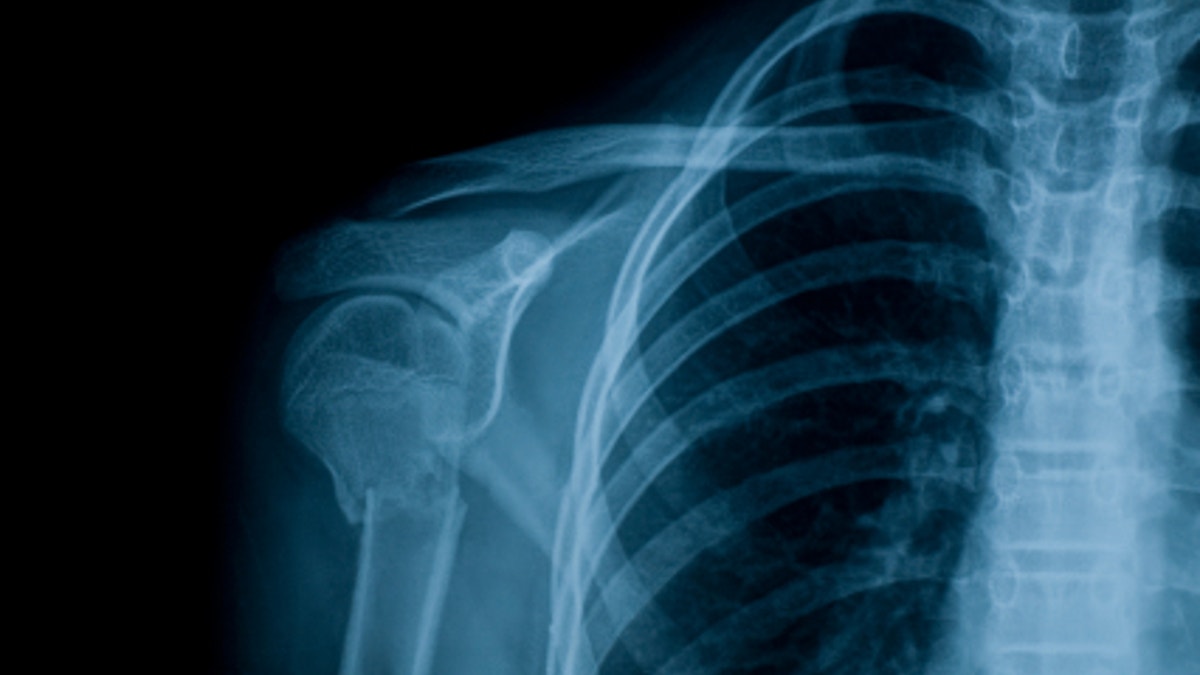
Surgeons could soon order custom-fitted bone printed on demand for repairing fractured or brittle bones in human patients. A 3D printer has already created new, bone-like material capable of supporting bone growth in recent tests.
The printed bone material has already proved capable of supporting human bone cells in lab tests, and has also proved successful in the bodies of rats and rabbits. Better versions created by 3D printers could help surgeons perform bone repair surgery, dental work or even deliver medicine for osteoporosis within the next several years.
"If a doctor has a CT scan of a defect, we can convert it to a CAD file and make the scaffold according to the defect," said Susmita Bose, a mechanical and materials engineer at Washington State University in Pullman, Wash.
3D printers have arisen as hot tools for creating a growing array of objects anywhere on the fly, ranging from robots to human organs to blood cells. Criminals have even used 3D printers to create fake ATM card skimmers to scam bank customers.
To print the bone material, Bose and her colleagues used a commercially available ProMetal 3D printer originally designed to print metal objects. It uses an inkjet printer head to spray plastic binding liquid over a bed of powder as a way of creating objects layer by layer. Each layer is just half the width of a human hair.
The bone scaffold material mainly consists of calcium phosphate, but also includes added silicon and zinc to double its strength. Such material can dissolve in the human body after helping normal bone grow to repair any damage.
Figuring out the right mix for the material required a four-year effort involving chemistry, materials science, biology and manufacturing, with $1.5 million in funding from the National Institutes of Health. The results from in vitro lab tests and in vivo animal tests appear in the journal Dental Materials.
